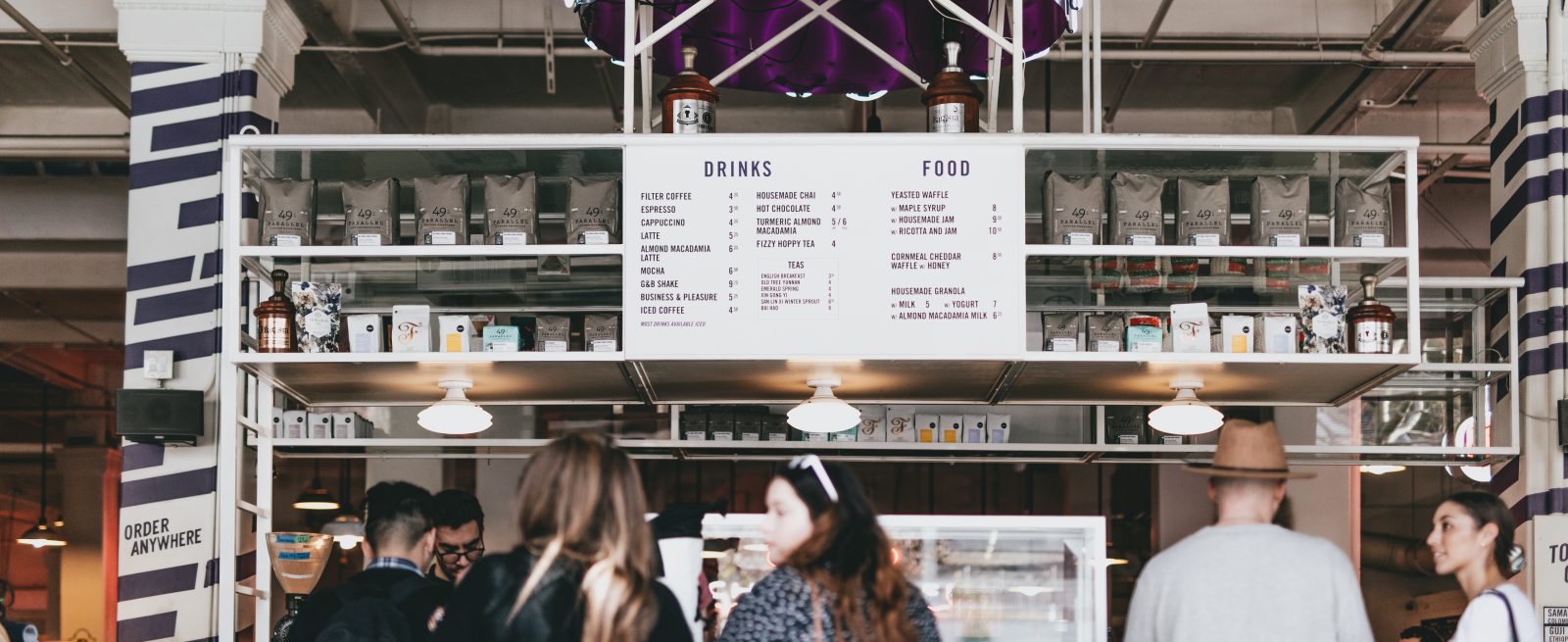How to Get the Most Out of a Restaurant POS System
5 Min Read By Rodion Yeroshek
A successful restaurant owner always needs to be a few steps ahead of his competitors. That is why this is a perfect time for technology to enter the game. We don’t think anyone wants to miss out on an opportunity to simplify the process of business management and stand out from the crowd in terms of providing services. Automation systems are rapidly developing and this is not going to stop! When you start a restaurant business you need a reliable all-in-one POS system which covers finances, selling services or products, managing staff, inventory accounting, and even marketing. The actual capacity and capabilities of POS systems are incredibly wide but often they are not fully exploited. An automation system not only increases the efficiency and profitability of the business but also helps save time that can be spent on developing and growing.
There are many POS systems, each specifically designed and developed for different industries and the restaurant business is a big part of this. Some systems make inventory keeping easy, while others are excellent at scanning barcodes and building customer loyalty programs. The main thing is to pick the perfect system for your business and, as our title says, to get the most out of it. Let’s take a look at some features worth paying attention to, but which do not get fully used.
Theft Prevention
Let’s start with the obvious. Many cafes, restaurants, and bars fail only a year or two after start up. This happens partly because management doesn’t pay sufficient attention to some very important things such as theft, food wastage, overspending, etc. “Trust, but verify,” it is said. Constant monitoring of all work processes in a restaurant, especially financial activity, makes it much easier to notice theft.
A good POS system can keep a record of cash shifts and track all transactions between the customer and the waiter, bartender or cashier. The wider the functionality of your system, the better you will be able to protect the business from employee theft. If we add to this the control of storage stock, even stronger results will be achieved.
Optimize the Menu
Instead of repeatedly rewriting the restaurant’s menu on paper and wasting valuable waiter time on looking for the necessary drink or dish to take the order, it is best to entrust this to a POS system. Most POS systems make it possible to divide the menu into sections, styles, types of dish and even the color of the drinks, which is very convenient. This is incredibly convenient for waiters too: they can quickly and easily switch between menu sections, lists of drinks and dishes, and reduce the time in serving guests.
And this is the place where most people stop. After creating the menu, you need to check it carefully. After all, the menu is the face of your restaurant and it should not only be delicious but also make profits for the business. Menu analysis shows the popularity and profitability of dishes and helps you figure out the future of menu items, their prices and presence on the menu. A good POS system simplifies this process and gives all the necessary information and useful statistics in its reports so you can make the right decision.
The best way to do this is to use ABC analysis, which includes three extremely important criteria: the number of sales, the proceeds and the marginal profit. The ABC analysis method divides the items on the menu into three groups:
-
“A” items—dishes which are in demand and bring the restaurant up to 70 percent of annual value.
-
“B” items bring the restaurant 20 percent of annual value.
-
“C” items bring only 5 percent of annual value.
ABC analysis helps see how valuable a particular dish is: the ordinary fish soup can bring the restaurant 15 percent of total sales and make a small profit due to the simultaneous high cost and small markup. Furthermore, this method allows you to calculate whether it is profitable to sell a low-margin dish with high demand, and whether it is worth striking off those dishes which sell less often though they generate more profit.
Create Your Own Loyalty Programs
The loyalty system is basically one of the marketing levels that gives you the opportunity to gradually increase profits and stand on your own two feet. A loyal customer is the best advertisement for any restaurant. The goal of any discount or bonus program is to create a mutually beneficial relationship between customers and restaurant.
Want to increase the average check? Offer guests discounts.
Want to increase the number of subsequent orders and ensure the loyalty of visitors? Bet on bonuses.
Discount cards are the basis of the loyalty system in the restaurant business. Using them, you can easily identify your customers and link information about every order they’ve made to the general history of visits. The introduction of personal cards allows you to conduct various marketing analyses and obtain real data about your target audience at no additional cost. This helps determine their preferences, divide them into groups, optimize your service, and develop an individual approach to each of the groups.
Provide Self-Service Zones
This alternative service option doesn’t fit every concept in the restaurant business. We are not talking about fine dining here, but those concepts where self-service is appropriate and won’t surprise customers, for example bars, fast casual places, etc. Statistics say that modern customers absolutely don’t mind ordering drinks and favorite dishes from self-service points. And the automation system is a great assistant! The main device (tablet) should work in tandem with additional tablets installed in the self-service zone. The customer places his order, without a waiter’s help, by using the tablet, which is much faster. The work of the waiter is facilitated since he devotes more time to serving orders rather than taking them.
Convenient Communication with the Kitchen
What does the order-taking process look like? The customer chooses his dishes, the waiter specifies the details, the serving priority, and writes it down on a notepad. Then the waiter enters the order into the system and takes it to the kitchen. The chef starts cooking the dishes following the waiter’s notes. Some POS systems allow the simplification of this process, shortening the order journey from customer to kitchen.
The joy of cloud POS systems is that the waiter sends the order with comments to the kitchen from right beside the table and doesn’t take up extra time. There are a couple of options for the chef to receive the order: as a printed ticket or on a screen. The latter option is much more convenient than having printers in the kitchen. But not all vendors can offer a system that supports this feature. For example, Poster has an app that immediately transmits all orders to a tablet or screen in the kitchen and, in turn, the waiter sees the order status on the register.
Make sure that the POS system chosen can be configured and integrated with third-party sources for business management. This will help develop and change it according to your requirements. The automation system should be simple and easy to use, save the company time, and should allow you to break even. Most vendors provide a free trial period during which you can ensure that the selected program has all the most important functions that can help your restaurant succeed. So don’t lose the chance to make the most of the POS system you have chosen and improve your business.


